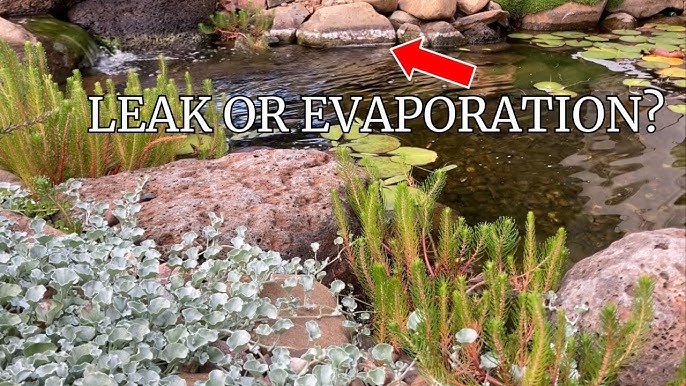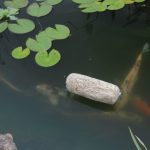Having a pond in your backyard can be a beautiful and relaxing addition to your outdoor space. However, it’s important to keep an eye on your pond to ensure it stays in good condition. One common issue that pond owners face is determining whether their pond is leaking water or simply evaporating. In this article, we will discuss how you can tell if your pond is leaking or evaporating and what steps you can take to address the issue.
Signs of a Leaking Pond
If you suspect that your pond is leaking water, there are several signs to look out for:
- Noticeable decrease in water level over a short period of time.
- Constantly having to add water to maintain the water level.
- Wet or soggy areas around the pond that are not caused by rainfall.
- Cracks or holes in the pond liner or structure.
If you observe any of these signs, it’s likely that your pond is leaking water. In this case, it’s important to take action to fix the leak and prevent further water loss.
How to Confirm a Leak
To confirm whether your pond is leaking, you can perform a simple bucket test:
- Fill a bucket with water and place it next to the pond, ensuring that the water level in the bucket is the same as the pond’s water level.
- Mark the water levels in both the bucket and the pond with a waterproof marker.
- Check the water levels in the bucket and the pond after 24 hours. If the pond’s water level has decreased more than the bucket’s water level, it indicates a leak.
If the bucket test confirms a leak, you will need to locate and repair the source of the leak to prevent further water loss.

Credit: www.gardenmyths.com
Signs of Evaporation
On the other hand, if your pond is simply experiencing natural evaporation, there are some signs to look for:
- Gradual decrease in water level over a longer period of time.
- Water loss is consistent with the climate and weather conditions.
- No visible signs of leaks or damage to the pond liner or structure.
If you suspect that your pond is evaporating rather than leaking, there are ways to help minimize water loss due to evaporation.

Credit: m.youtube.com
Preventing Water Loss
To reduce water loss from evaporation, you can consider the following strategies:
- Adding floating plants or water lilies to provide shade and reduce direct sunlight exposure on the water surface.
- Installing a fountain or waterfall to create movement on the water surface, which can help reduce evaporation.
- Using a pond cover or netting to prevent water loss due to evaporation.
- Regularly checking and adjusting the water levels to compensate for evaporation.
By implementing these strategies, you can help maintain the water level in your pond and minimize water loss due to evaporation.
Conclusion
In conclusion, it’s important for pond owners to be able to distinguish between a leaking pond and one that is simply experiencing evaporation. By observing the signs and conducting simple tests, you can determine whether your pond is leaking water or losing water to evaporation. Once you have identified the cause of the water loss, you can take appropriate steps to address the issue and ensure that your pond remains a beautiful and sustainable feature in your outdoor space.





